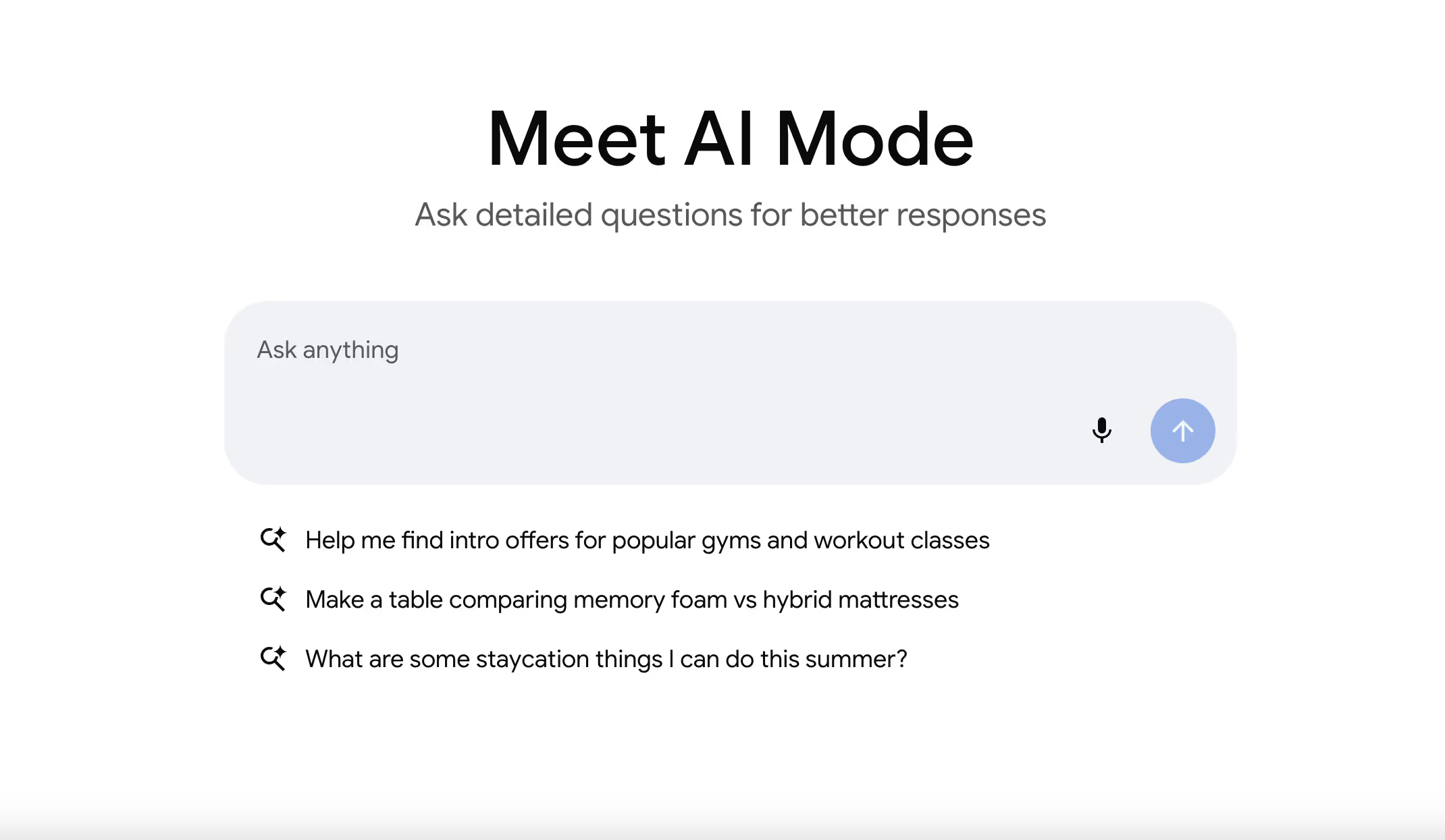How to Use Google Search Console Data to Supercharge Your Digital Marketing Strategy


Google Search Console is a goldmine of data that can help you refine and enhance your digital marketing strategy. Whether you want to improve SEO, understand user behavior, or optimize your content, Google Search Console provides valuable insights that can supercharge your efforts. Let’s break down how you can leverage this free tool to take your digital marketing to the next level.
1. Identify Your Top-Performing Pages
One of the easiest ways to start using Google Search Console data is to analyze which pages are performing best in search results. Under the Performance tab, you can see metrics like clicks, impressions, click-through rate (CTR), and average position.
- Identify which pages drive the most traffic and analyze what makes them successful.
- Use this insight to optimize underperforming pages by mimicking what works well.
- Consider updating top pages to keep them fresh and relevant.
2. Improve Your Click-Through Rate (CTR)
High impressions but low clicks? That’s a sign your title tags and meta descriptions might need some work. Google Search Console allows you to see which queries bring users to your site and how often they click.
- Experiment with rewriting your title tags and meta descriptions to make them more engaging.
- Use power words or numbers to entice clicks (e.g., “10 Ways to Improve Your SEO Today”).
- Test different variations and track improvements over time.
3. Find New Keyword Opportunities
Google Search Console shows you the exact queries users type to find your site. Some of these keywords may not be part of your current SEO strategy but should be!
- Look for keywords where your site ranks between positions 8-20. A little optimization can push them to page one.
- Find long-tail keywords that match user intent and create content specifically targeting them.
- Identify missing keyword opportunities in existing content and incorporate them naturally.
4. Diagnose and Fix Technical SEO Issues
Technical SEO can make or break your rankings. Google Search Console helps you stay on top of technical issues that might hurt your performance.
- Use the Coverage Report to find indexing issues and fix broken pages.
- Monitor Core Web Vitals to improve site speed and user experience.
- Check the Mobile Usability Report to ensure your site is fully optimized for mobile users.
5. Monitor Backlinks and Internal Links
Google Search Console provides a Links report, showing which sites link to you and how your internal links are structured.
- Identify high-quality backlinks and build relationships with referring domains.
- Spot low-quality or spammy links that may need disavowing.
- Improve internal linking to boost page authority and distribute SEO value effectively.
6. Track Indexing and Submit Sitemaps
Ensuring Google properly indexes your site is crucial for visibility.
- Use the URL Inspection Tool to check how Google sees your pages.
- Submit your sitemap in the Sitemaps section to help Google crawl your site efficiently.
- Monitor indexing issues and fix any pages that aren’t appearing in search results.
7. Measure the Impact of Content Updates
If you’ve updated old content or made SEO adjustments, Google Search Console lets you track whether those changes are paying off.
- Compare performance before and after changes using the Date Range filter.
- Look for increases in clicks, impressions, and rankings to see what’s working.
- If performance drops, reassess the changes and adjust accordingly.
Final Thoughts
Google Search Console isn’t just a reporting tool—it’s a roadmap to better digital marketing. By analyzing its data, you can make smarter decisions, refine your content strategy, and improve your website’s search visibility. Whether you’re an SEO pro or just getting started, Google Search Console provides the insights you need to stay ahead in the digital marketing game.
Are you already using Google Search Console for your digital marketing strategy? If not, now’s the time to dive in and start optimizing!










